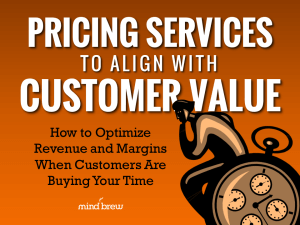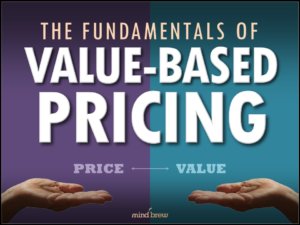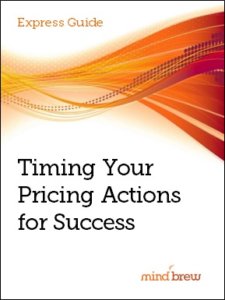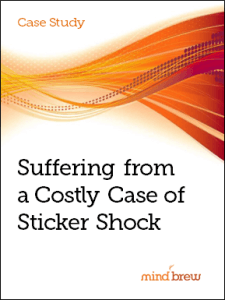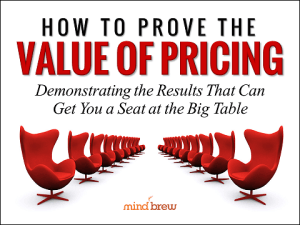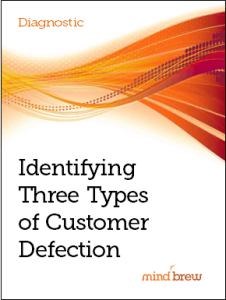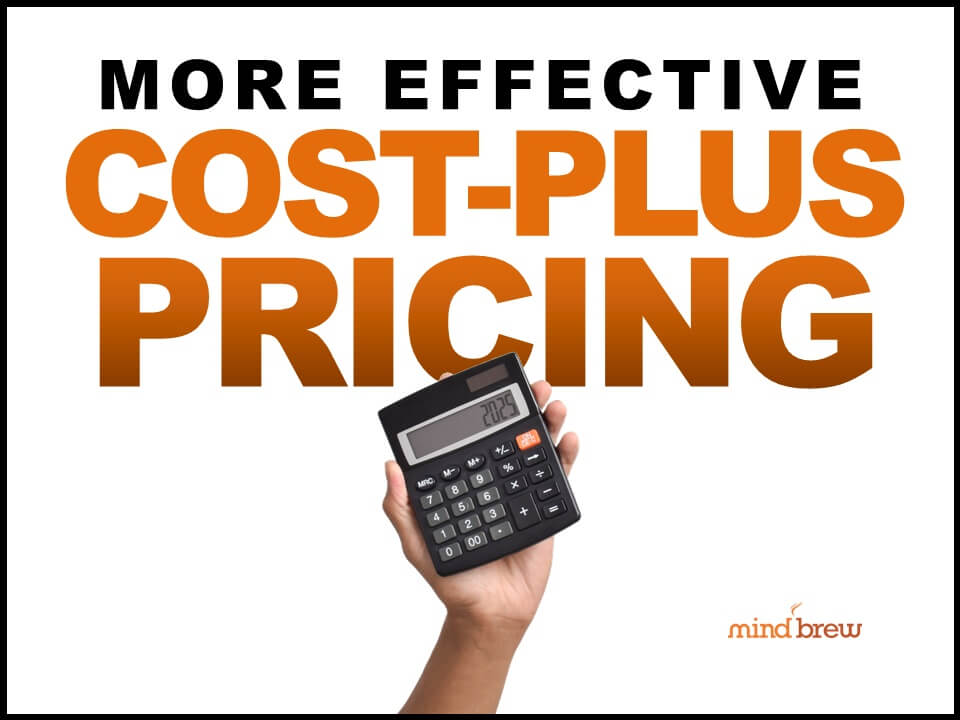If you want to take a tumble down a rabbit hole for a while, start typing “the worst way to” into Google. I now know the worst way to start a city, the worst way to sleep, the worst way to miss someone, the worst way to get rich, the worst way to fix sciatica, and the worst way to spell Mississippi. (All the answers to that last one are jokes, some not so clean.)
I also know the worst way to set prices.
By the hour.
I know what you’re thinking. Pricing by the hour is good enough for lawyers, and they seem to make plenty of money.
The problem with the hourly pricing model is that it limits your profitability to the number of hours in a day. Essentially, the better you get at providing a service efficiently, the less money you will make per customer. And if you try to make up the difference by charging clients what it would have cost had you been less efficient, they are going to be really upset when they find out.
If you’re pricing by the hour, you also can’t serve more than one customer at a time. You’ve sold someone your undivided attention, so working on another client’s project at the same time is essentially cheating them.
A far better way to price your services is by the value you provide. There’s a reason why smart Hollywood actors and the Apple App Store and top-notch business consultants take a slice of the profits rather than getting paid by the hour — that’s where the money is. In fact, even lawyers sometimes prefer to work on contingency rather than charging an hourly rate. That way they aren’t limited by the number of hours in a day.
You might not be able to convince your customers to hand over a percentage of their profits, but you can price your goods and services based on the value they provide. For example, if your software is going to help a company make a million more dollars this year, asking for ten grand doesn’t seem that outlandish.
The key here is that you really have to know how much what you have to sell is worth to your customers. And you have to make the case for that value when you are talking to them.
The webinar Pricing Services to Customer Value is specifically targeted to businesses that sell intangible goods where it might seem like it makes more sense to charge by the hour. It offers some key tips and potholes to avoid (like pricing services based on the cost of goods).
You should also check out The Fundamentals of Value-Based Pricing. It explains the core concepts of value-based pricing, and more importantly, how to put value-based pricing into practice in the real world.
Don’t make the mistake of limiting the amount of money you can make to the number of hours in a day. The key to building a great business is scalability — being able to serve more and more customers while driving your costs lower.
Don’t settle for the worst way to set prices. Instead, discover the true value in value-based pricing.

